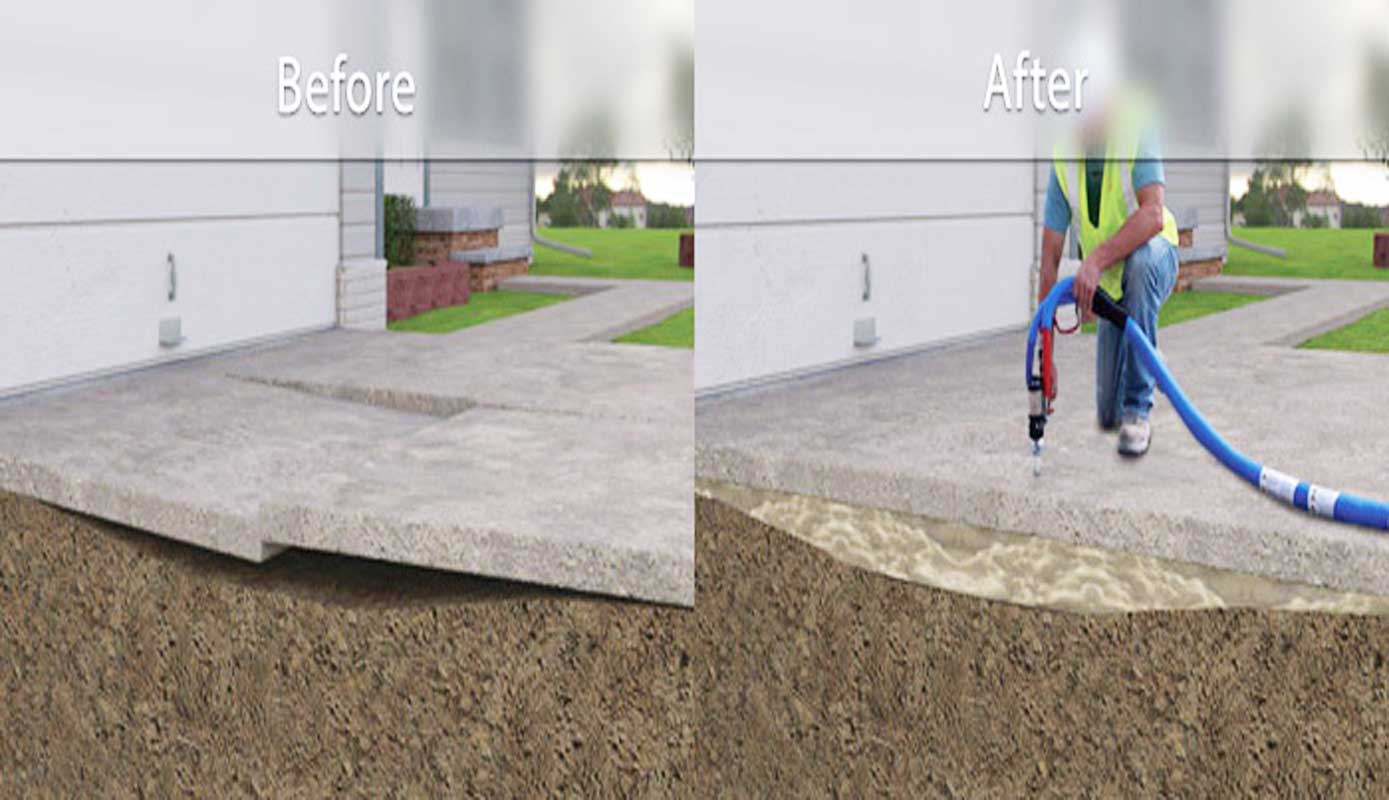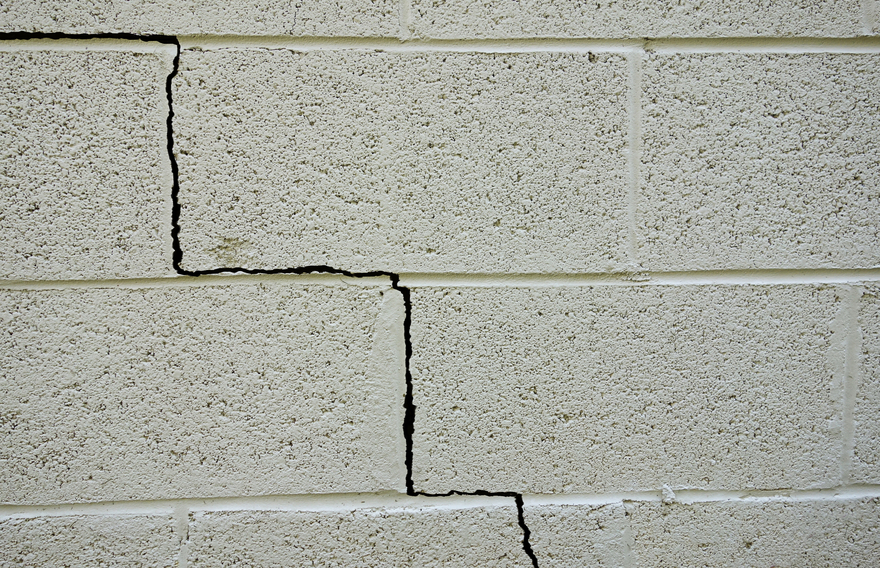As soon as you notice signs of foundation damage, you should seek professional help. Experts will inspect your space and come up with the best repair solutions. Some of them are described below.
Piers Installation
If you think that your home has foundation problems, then it is essential to carry out basement leak detection as early as possible. A water leak in the basement could lead to dampness throughout the entire building and even the possibility of dampening your house’s energy bills.
When carrying out basement leak detection, you should also ensure that you check the foundation piers. The piers are usually made of steel, concrete, or wood and installed along your home’s walls. Piers are crucial for holding the soil back so that excess water can be drained away from your building.

If you suspect that your piers are damaged or may need repairs, then you should get them checked out by Sioux Falls Foundation Repair professionals right away. Homeowners may need to replace their existing foundation piers with new ones if they are weak or have cracks.
Once the foundation repair contractors are through with their inspections and repairs, you will have to decide what maintenance work you will carry out yourself. It would help if you first sealed all the holes that the repair contractors and drainage have caused. You may also want to install caulk in these areas to improve your walls’ structural integrity further. If there are still leaks inside the walls, you will need a structural engineer who will determine the cause of the moisture problem and suggest ways of fixing it.
Slabjacking
Slabjacking is done by raising the bottom of a foundation wall far enough to support the upper frame. Then this ” slab “jacks” the concrete up to a certain height. This method was initially designed for substantial buildings but is now often used for smaller foundations and piping repair jobs.
It should be noted that there are a few cons to slabjacking as a foundation repair method. First, the angle cut in the concrete to support the upper frame can often result in slippage of one side of the structure. If this happens, it can cause the lower floor of the building to bow.

Also, in cases where the concrete has not been poured, the slab will eventually crack from the pressure of the concrete being forced under it. These are both things that need to be considered before a foundation repair job like slab jacking is done.
Dry Filling
Other standard foundation repair methods include dry-filing, which is done by cutting out the area that needs to be repaired with a saw blade, and wet-filing, which is a more difficult process. Dry-filing involves removing the damaged portion of the slab without allowing water to enter and causing further damage to the area.
Wet-filing consists of pouring a unique epoxy mixture into the area that needs repairing and then working the epoxy into the concrete, making it more rigid and helping it better withstand the weight that will be placed on it. In most cases, wet-filing is a better option because it is less expensive than having a slab jacked foundation repair done.
